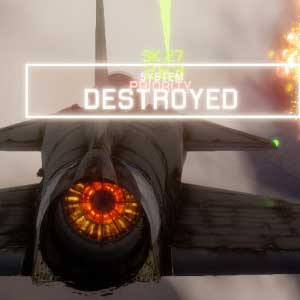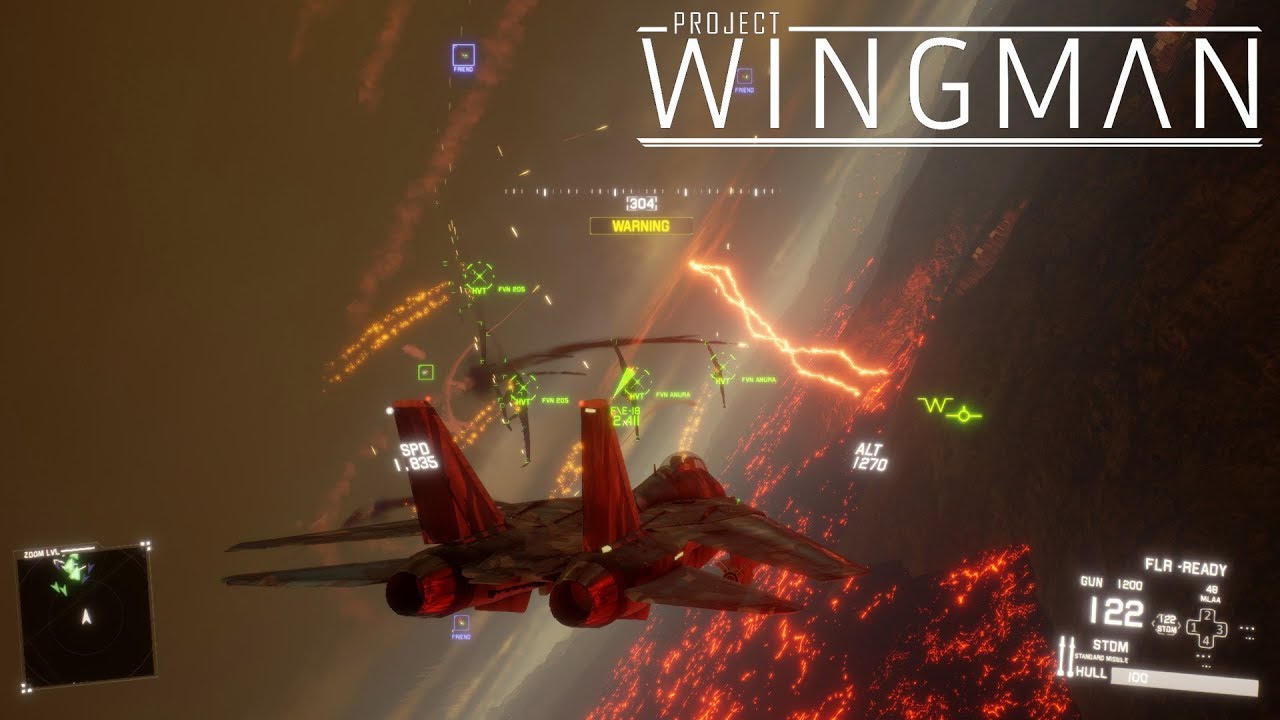


Save for character models and environmental texturing, this feels more like an enhanced sequel rather than the kind of extended re-release that the gaming industry habitually pushes.īut that’s not to say that it’s blemish free. While many assumed that Bright Memory: Infinite would merely extend its predecessor’s playtime, Zeng completely retooled the game. But regularly, the arena-based showdowns rivaled the intensity of Triple-A titles. Sure, the blend of weighty melee-based strikes and down-the-sights shooting didn’t always gel together. Instead, the focus was on a solitary experience that felt like an interactive Hollywood blockbuster.īuilt on Unreal Engine 4 and employing Quixel Megascans, the game resembles the kind of effort produced by large, corporate-owned game studios. Crafted by a single developer, Zeng Xiancheng’s title eschewed multiplayer competitions and offered a skeletal plotline. The title is built on the foundations of Bright Memory, 2020’s 45-minute, tour de force of first-person action. If single-player campaigns were still the focus, I’d still be eagerly counting the days before each annual release.Īs such, I can’t help but appreciate the ambitions of Bright Memory: Infinite. But I adored the intense gunplay, the epic set-pieces, and explosions that would give my subwoofer a thorough workout. And I honestly couldn’t tell you much about the storyline or characters.

I was completely indifferent to getting my ass kicked around by 50-hour-a-week professionals. First, a confession: I used to routinely play Call of Duty for the single-player action.


 0 kommentar(er)
0 kommentar(er)
